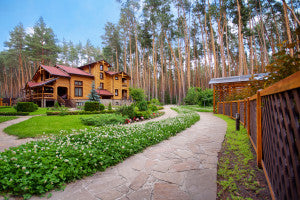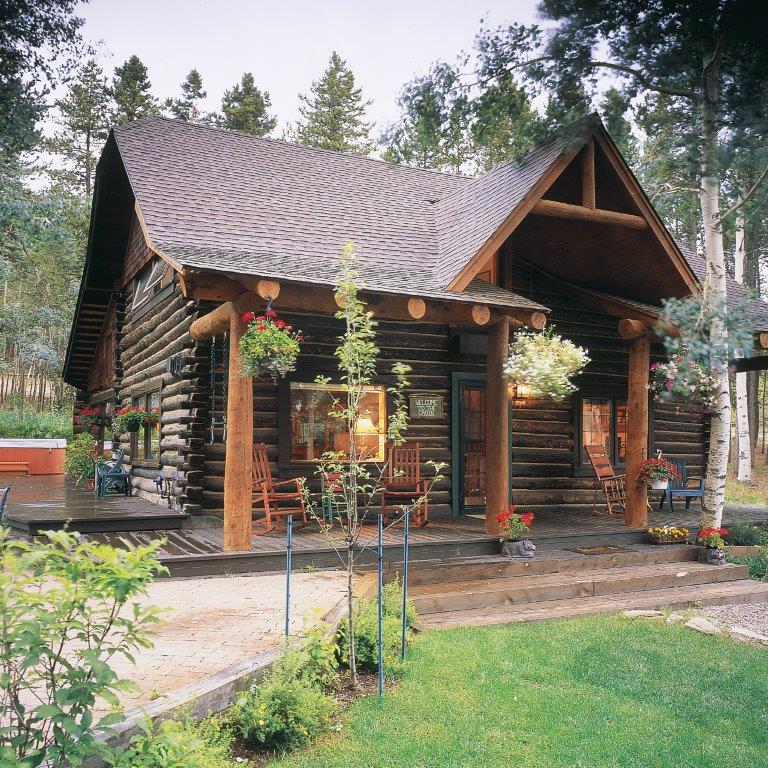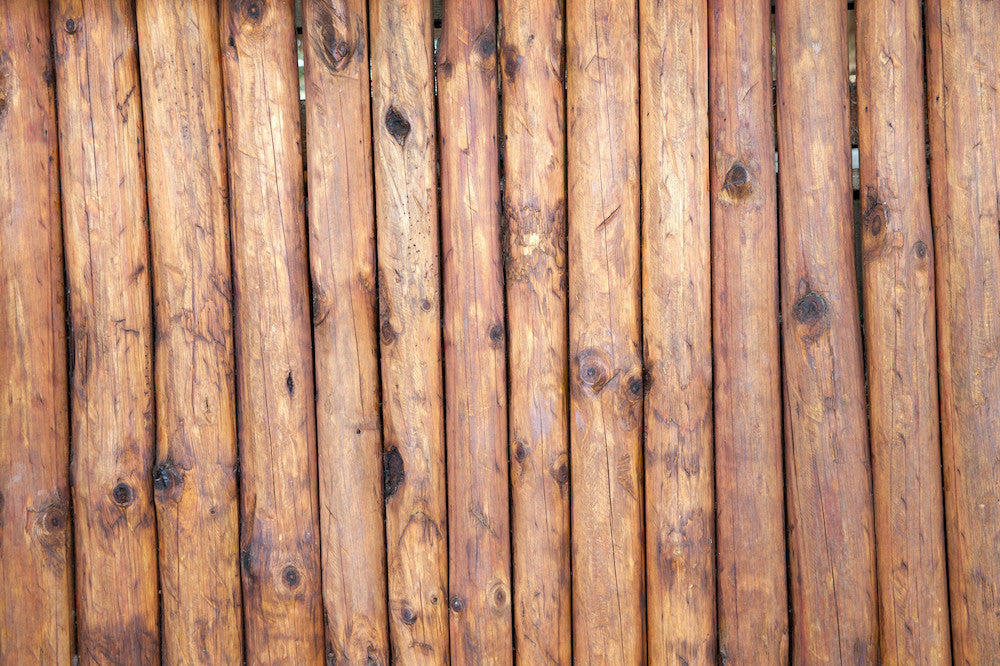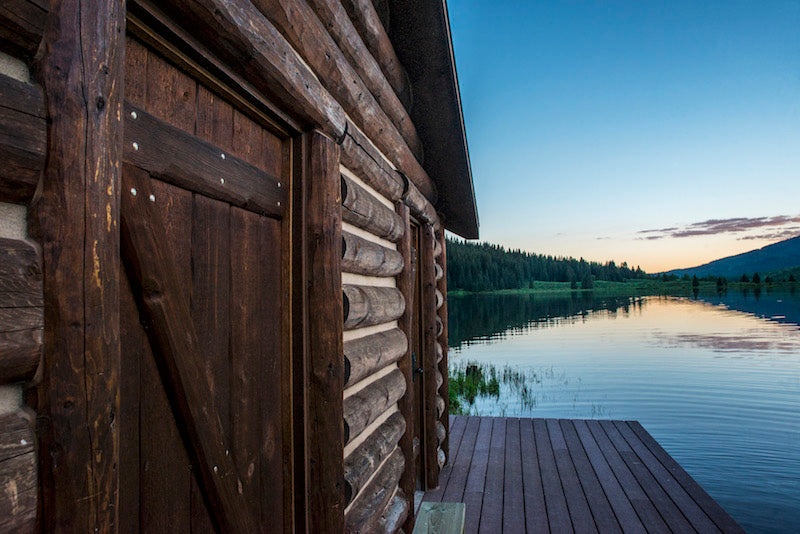Things to Know About Chinking Over Cement

Have you ever wondered if you can apply log home chinking materials over cement? It’s a common question of log-home owners and the answer is “Yes, you can.” However, it raises another question, which is: “Would cement chinking over the original cement be the best choice?” Cement is not the perfect chinking material since the weightiness of that type of product will contribute to predictable cracking. If you add cement to older, cement-based chinking you’ll have to contend with having lower bond-strength and no elasticity.
It wasn’t until 1981 that the first polymer-based synthetic chinking hit the log-home market. Synthetic chinking materials do not contain cement and are easily applied and can be trowelled to virtually any thickness or width. Additionally, synthetics are available in multiple colors and textures and are known for their impressive elasticity and durability.
Chinking Over Cement
If chinking over cement takes place, be sure to replace any old cement chinking that is showing signs of crumbling. One’s best bet would be to use a synthetic chink instead of a mortar chink due to synthetic products possessing superior adhesion and elasticity properties as well as offering unsurpassed air-tight and moisture-tight barriers.
As stated, any loose or crumbling cement chinking needs to be eliminated; and a backing rod should be inserted into any gaps that result. Make sure the backing rod’s surface is level with the old chinking material. You may have been told that the chinking procedure doesn’t require the use of a backing rod; but there are several good reasons why you should use the rods. Backing rods allow the chinking to adhere in two strategic places-- to the logs above and below. This is called “two-point adhesion” and this is crucial to enable the chinking to shift with any log movement. Additionally, backing rods contribute to significant joint insulation--you don’t want chinking to work its way into the joint where the chinking will be subjected to the type of movement it isn’t designed for. If you notice any joints that are too shallow for a backing rod, simply use caulking instead.
The next step will involve covering the joint with bond-breaker tape. Though you may find this surprising, good-quality, clear packing tap or water-proof masking tape can be used instead of bond-breaker tape!
You’re now ready for the application of the new chinking. The chinking material should extend 1/8 of an inch to no more than 3/8 of an inch beyond both edges of the tape and old cement. Some stains and sealers contain waxes or silicone; and the wood that touches any of the chinking absolutely needs to be void of any waxes or silicone since these ingredients will minimize adhesion. Once the chinking is applied and troweled over any existing cement, the goal will be to have a consistent layer of chinking that will possess at least ¼ inch of thickness, when cured.
Some Cement Insight:
As stated, regular cement would not be a good choice as a chinking option over old cement due to its density. Cement’s density does not allow it to “breathe”. If the ‘breathability’ factor is low or non-existent, logs that are exposed to a good deal of snow or rain will not be able to dry in a normal amount of time. Any concrete that might be used as new chinking should contain a specialized water-proofer to prevent unprotected logs from developing rot and mildew. If inadequate chinking products allow logs to hold moisture for too long, that moisture can make its way to the interior walls—not a good thing! So bottom line, cement-based chinking materials can be used, but never without waterproofing additives!
In a nutshell, regular cement over old cement chinking does not have the ability to stretch and follow the movement of the logs, while technologically-advanced synthetic chinking materials over cement will provide the adhesion, breathability and elasticity that is required. Logs will continually undergo cycles of shrinkage and expansion due to seasonal moisture variations so use a high-quality chinking product over any old cement chinking to ensure years of wear and dependability. Let’s face it, re-chinking your log-home is something you don’t want to have to do again for a long, long time!





